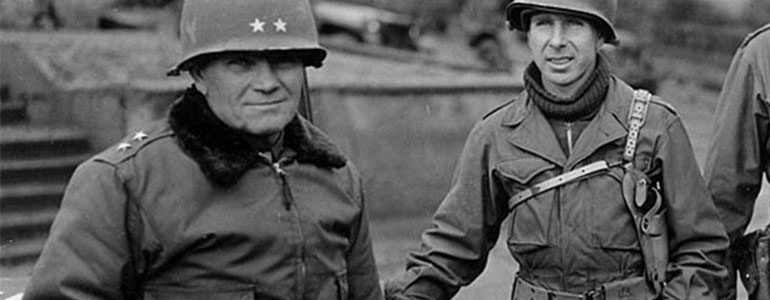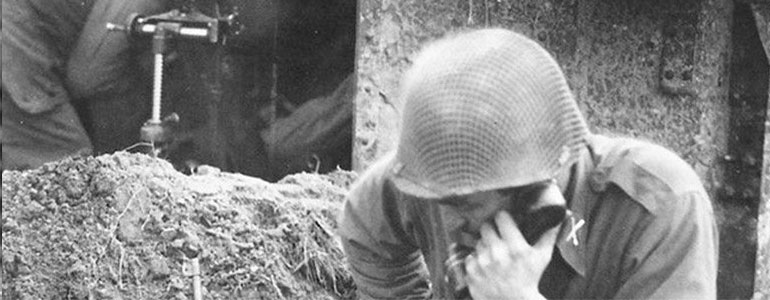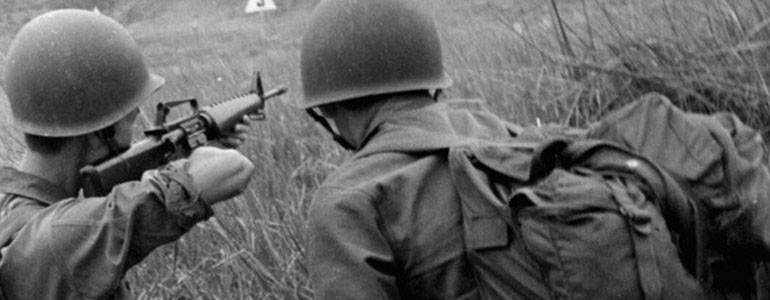


Leather shoulder rigs are a true classic. Let us just name, Clint Eastwood in Dirty Harry, Steve McQueen in Bullitt, Bruce Willis in Die Hard With A Vengeance and last but not lest Don Johnson in Miami Vice. If those fellas are not the epitome of stylish then I don’t know what is. You may be asking - but are shoulder holsters for concealed carry really practical or are they just some old-timey nonsense. The answer is obvious, they are perfect for concealed carry, your daily carry, carrying in you car and also on a hike. Shoulder holsters are versatile, comfortable and reliable.
How To Choose A Shoulder Holster



(source: google.com)
Choosing a shoulder holster is the first and hardest step. Let’s break it down to easy steps. You may look after it if you:
- Want to conceal carry but don’t want to wear a belt holster
- Want to conceal a large canon such as a 8” revolver
- Want to look cool as Dirty Harry
Let’s face it. Belt holsters can be a burden. Carrying a holster on your belt all day long just might somehow get on your nerves, pinching, printing sweating etc. Shoulder holster concealed carry can be the solution you are looking for. It’s as easy as putting on a coat. Slide your arms through the harness and you are strapped without any belt obstructions. And don’t forget that you don’t have to put your gun belt through a maze of belt loops. And you know what the best part is? Spare ammo on the other side. Concealment in a shoulder holster is as easy as putting your jacket over it and you are set. If you think your gun is larger then just go for a vertical shoulder holster. The gun will be facing downward and you will still have it within a hands reach.
The vertical shoulder holster is also a solution for people who like their guns large and loud. It denies the statement that you can’t conceal a 8” Smith & Wesson. Yes you can in a vertical shoulder holster. And again, you have spare speedloaders on your other side. Imagine the time it would take to draw 8” of steel from your pants and compare it to a shoulder holster where it’s just grab, break and draw. The same goes with 1911 shoulder holsters, a full size fit’s a horizontal shoulder holster well, but may be more practical in a vertical holster.
The large variety and designs of shoulder holsters can practically conceal firearms of any caliber and size. From .357 to .45, you can bet that it would function perfectly in a shoulder holster. And now to the best part of having a shoulder holster - the coolness factor. Well, I admit it’s not the best part, of course the best part is the safe carry aspect etc., etc., but you have to give some credit to the heroes of TV for making the holster look so cool. A statement to the great era of cop movies.
How To Adjust A Shoulder Holster



(source: google.com)
Now, you just received your custom made shoulder holster for a .357 revolver, it has a double speedloader counterbalance and the mahogany leather looks amazing also because you added a personal monogram to it. You unpack it a suddenly feel like you received something from IKEA. A holster, counterbalance, parts, straps, harness, ugh. Not as easy as a Kydex holster that you just hook on the belt, right? Well, maybe yes but if you want something pretty you have to do something about it.
Adjusting a shoulder holster is very important and, surprisingly, very easy. It can be broken into 3 steps:
- Adjust the harness
- Position the Holster
- Position the counterbalance
We all come in different shapes and sizes and one thing that shoulder holsters can do is that they can be made to serve people even in XXXL sizes. Big guys. Your harness can be adjusted very easily to fit well and safely. You have to be sure that it’s tight but not too tight because your arms and upper body will move and the harness must allow movement. If you are planning to add more layers of clothing, i.e. a shirt and a sweater, just adjust the harness to be bigger or vice versa. Be sure to wear an empty rig and position the harness crossing in the middle of your back.
Make sure the straps aren't twisted and that they lay flat against your shoulders and upper back. If your holster rig has shoulder pads, make sure they are centered front-to-back, high up on your shoulders near your neck. You may not find the perfect fit the first time you put the holster on, so pay attention to how it feels over time and adjust it. One way to test this is to stand in front of a mirror and perform a series of movements. Watch if the rig moves around a lot or stays tight. Also take notice of whether or not the harness feels comfortable when you move around.
If the harness is tight enough to your satisfaction be sure that the holster is 1 - 2 inches below your armpit. Not too hing as it would obstruct your arm movement and not too low as it would be a burden to draw. You must be able to reach around your body and instinctively find the handle of your firearm. If you prefer a shoulder rig with belt tie downs (those little straps of leather that go from the holster to your belt) just do the same and don’t forget to attach the tie downs to your belt. Their advantage is that they have a snap so you don’t have to bother with unbuckling your belt. Be sure to position the cant of the holster to your liking and don’t get distracted if the holster moves from front to back, this happens sometimes and is not an issue.
Last but not least, your counterbalance also must be adjusted. If your shoulder rig only comes with a holster part and no pouch then the process is easy, just make sure the elastic part is not too tight and allows you to move and at the same time balances the weight of the firearm. If you have a pouch on your harness then just do the same as with the holster. Position it where you instinctively reach for a spare mag or speedloader. And you are all set.
How to wear a shoulder holster



(source: google.com)
If you have your shoulder rig adjusted and ready to go to action you might stumble upon a simple question - how to wear a shoulder holster? The answer will be provided below, just right now imagine you are a detective and the crooks see you taking off your jacket as you interrogate them and your 5” chrome 1911 says “Hi!” to them. Cool, huh?
Now to the more important part. It comes to 4 easy steps:
- Be sure to have a loose jacket
- Be sure to keep the jacket open
- Don’t forget your concealed carry permit
- Practice, practice, practice.
The loose jacket doesn’t have to be 3 sizes larger than you are but a little looseness is always fine as this helps avoiding the print of the harness on your back plus the tighter the garment the more hugged the holster. But a comfort-liking man wears a comfortable jacket or shirt so there is no place to worry. Even if you suit up you can use a shoulder holster to carry your self-defense piece and people won’t notice that you are armed.
The important part of wearing a shoulder holster is draw practice, keep in mind that you’ll have to have the jacket open in order to gain fast access to the firearm. Practice this often and mind that some movement may show your gun, so don’t spin around with open arms like they do in movies. Just keep it cool and protected.
If you cover your rig with your jacket always keep in mind that it’s concealed carry so you better have that permit with you. Avoid any unnecessary conflict and just be armed, prepared and safe.
Shoulder Holster Draw
Practicing a shoulder holster draw is the key. It’s easy and can be done in 3 easy steps. The key is repetition until it becomes an instinct and intuition.
- The first step is to clear your garment. This means swiping it with your non dominant hand and reaching for the handle with your dominant hand at the same time. If you don’t have a jacket or any shirt over it it’s wise to put your non dominant hand up, bend it in the elbow and just move it upwards, this will grant you easier access to your firearm and will keep your non shooting hand safe.
- The second step is to reach for the firearm and get a good grip. The thumb-break can be easily broken with your thumb in the case of horizontal shoulder holster and/or with your index finger if you carry vertically.
- The third part is the draw. That is basically the simplest part as it only requires to clear the holster and engage the target.
